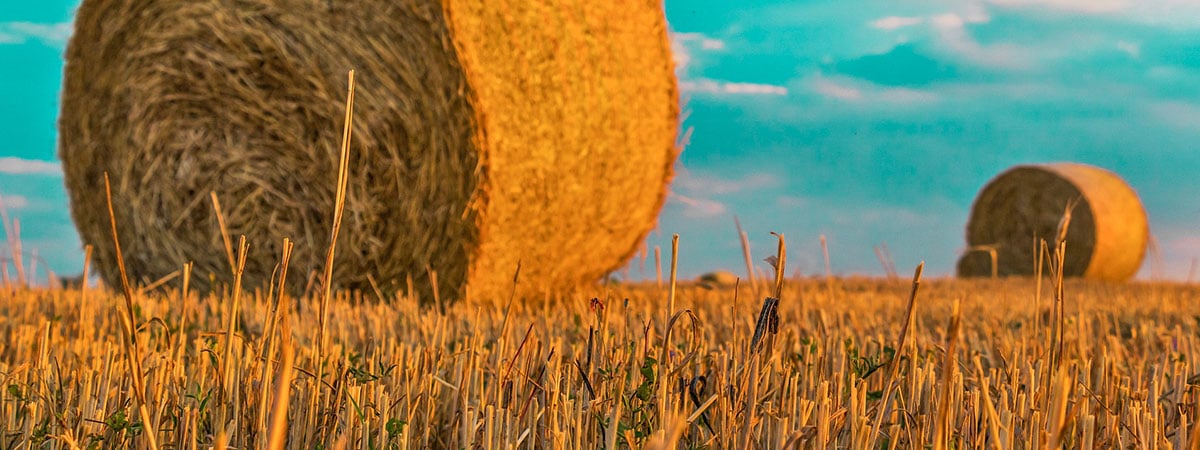The development of agriculture

Agriculture has changed a lot in recent years. The reasons for this are different aspects, which we would like to focus on in the following.
Whereas in the past many, regional products were purchased in farm stores and specialty stores, today’s purchasing behavior is characterized by the desire to make food shopping as fast as possible. Consumers want to be able to buy all the food they need in one place, usually in large supermarkets and hypermarkets. As a result of this change, only a few consumers have a concrete connection to agriculture and food production. However, the required volume of goods cannot necessarily be provided by small companies and therefore larger companies with huge areas of land are increasingly asserting themselves on the market. The result: mass production.
The consequence is that pricing policy has also changed significantly: The large companies no longer market their products themselves but sell them in large quantities to factories at low prices. There they are processed into final products. Many of the remaining small businesses are forced to sell their goods at low prices as well in order to survive in competition. Often, they get into economic difficulties as a result.
The topic of export is also important. In recent decades, Germany has become the world’s third largest agricultural importer and exporter thanks to technical innovations, digitalization and the steadily increasing specialization of agricultural operations. Although the export of goods is often much more lucrative for the manufacturing companies, it also means that less food is left over for regional sale at attractive prices. Long and environmentally damaging transport routes are the result and promote climate change.
These trends in agriculture lead to another change: consumers no longer know where and how food is actually produced. Large-scale productions offer no insight into their production methods and have nothing to do with manual labor. This makes it difficult to understand what exactly is processed in the finished products and what ends up on our plates. Hard suprising that consumers are increasingly demanding information about the origin and production of their food. In addition, within society the topics of healthy and balanced nutrition and awareness of health and well-being are increasingly forthcoming. Mass production stands in contradiction to this.
With our approach, we want to reverse the trend in agriculture and focus on regional production that is close to the end consumer and thus provides the consumer with a direct link to the fish as food. In addition, with the SEAWATER Cube we want to increase the attractiveness of aquaculture. The system provides farmers with an opportunity for diversification in a small space and with little effort. At the same time, agricultural businesses can market their fish in our concept in a self-determined way – for example in their own farm store, at the market, via an online store or at restaurants in the region. If required, we provide support for this.
In summary, our goal is to promote sustainable, competitive agriculture and to raise consumer awareness of high-quality and regional food.
Further informationen about the SEAWATER Cube
Check out more facts about our system and the technology.
References
— Bundesministerium für Ernährung und Landwirtschaft (BMEL): „Landwirtschaft verstehen. Fakten und Hintergründe.“, Referat 121, Stand: Juli 201
— „Mehr als Fleisch und Milch – womit Bauern ihr Geld verdienen.“; In: Augsburger Allgemeine, 20.01.2017
Image source
Pixabay